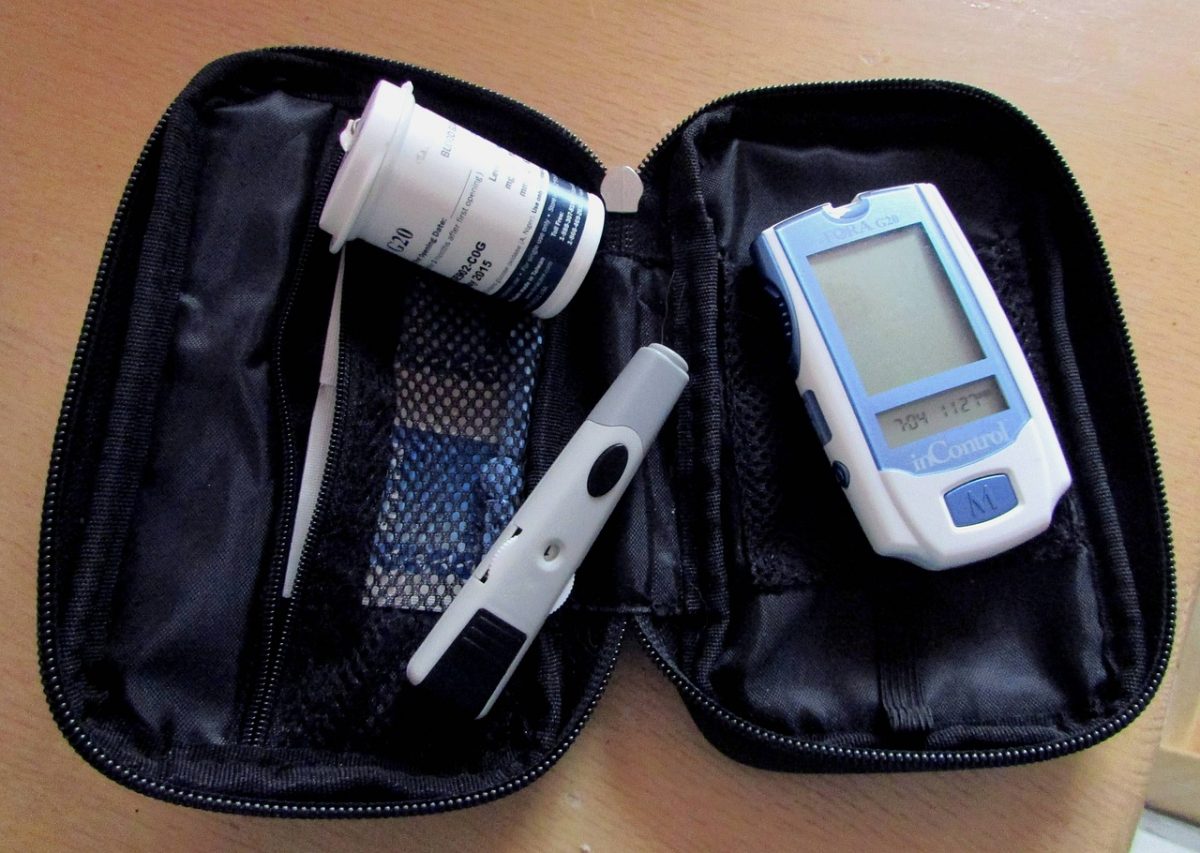Diabetes and alcohol can be a detrimental combination. People with diabetes have to monitor their blood glucose levels closely and alcohol can make that considerably more difficult. Those with diabetes should drink in moderation, if at all.
Any type of alcoholic beverage can play havoc with blood sugar levels. Some people claim their A1C levels are lower when they have a drink per day, but that doesn’t mean anyone should begin drinking. A single drink for diabetics is defined as 1½ oz. of liquor, 5 oz. of wine or 12 oz. of beer.
Hypoglycemia
Drinking can interfere with typical diabetic medications, resulting in low blood sugar levels. The liver breaks down toxins so they can be eliminated from the body. The organ will work to metabolize the alcohol, not maintain glucose levels. Hypoglycemia can occur up to 12 hours after someone has had a final drink, particularly if they’ve been dancing, playing games or exercising in some way. The symptoms of hypoglycemia are often confused with being drunk.
Sugar
Alcohol, especially the syrups used to make a variety of mixed drinks, have a high sugar content. They can quickly elevate blood sugar levels. However, diabetics also need to beware of low-sugar cider and beer. They may contain less sugar, but they’re higher in alcohol content.
Calories
Alcoholic drinks are high in calories, but relatively low in carbs. People can easily lose track of what they’ve eaten and the drinks they’ve had. It’s easy to pack on the pounds through drinking without even realizing it. Alcohol also acts as an appetite stimulant and can result in overeating.
Eat Something
It’s important to eat a healthy meal before drinking or nibble on appropriate snacks while drinking. Never drink on an empty stomach.
Increased Risk
Those with diabetes are at increased risk of high blood pressure and heart-related conditions. Drinking any type of alcoholic beverage can increase blood pressure and increase heart rates.
If you would like to find out about earning cash for your unwanted, unused and boxed test strips, complete our online quote form today.
If you have extra, unopened and unused boxes of diabetic test strips – whether you have switched brands, no longer need to test or test less frequently, or have a loved one who has passed away – don’t let them gather dust until they’ve expired and end up in the trash. We’re the best place to sell diabetic test strips online, and if you want to sell your test strips, we’re here to make the process easy and enjoyable!
Visit us at Sell Your Test Strips and get your free quote today!










